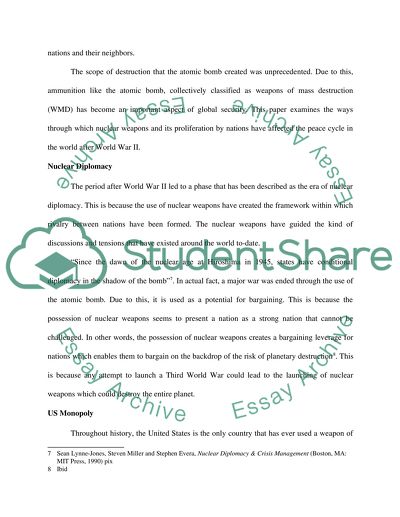Cite this document
(“In what way did the invention and accessibility of nuclear weapons Essay”, n.d.)
Retrieved from https://studentshare.org/history/1402115-in-what-way-did-the-invention-and-accessibility-of
Retrieved from https://studentshare.org/history/1402115-in-what-way-did-the-invention-and-accessibility-of
(In What Way Did the Invention and Accessibility of Nuclear Weapons Essay)
https://studentshare.org/history/1402115-in-what-way-did-the-invention-and-accessibility-of.
https://studentshare.org/history/1402115-in-what-way-did-the-invention-and-accessibility-of.
“In What Way Did the Invention and Accessibility of Nuclear Weapons Essay”, n.d. https://studentshare.org/history/1402115-in-what-way-did-the-invention-and-accessibility-of.


